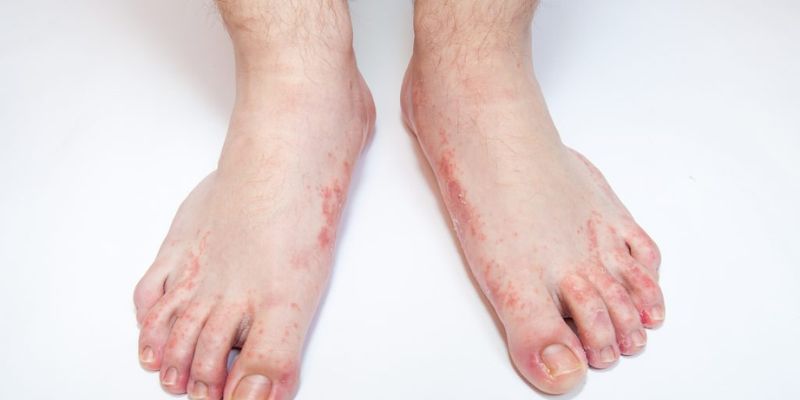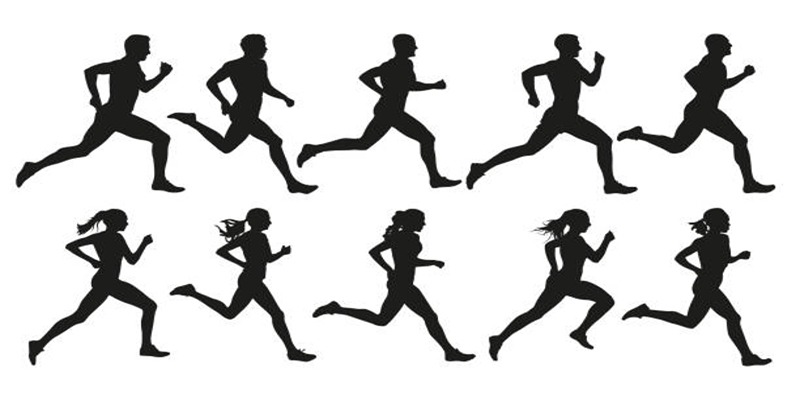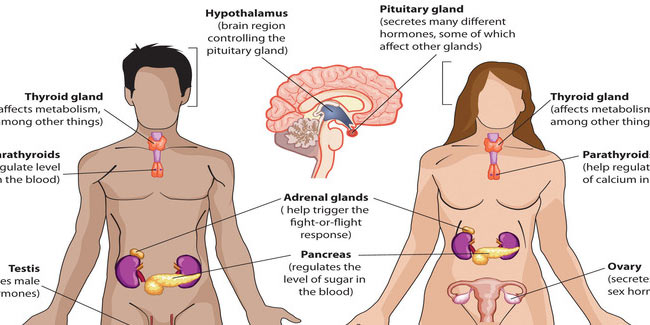In the modern era, many people are drawn to screens and tend to lead less active lives. Nonetheless, it's worth stressing that the ability to move freely and the willingness to adapt to new situations are two of the most significant factors in maintaining our health and happiness. Everyone who values an active, pain-free lifestyle should give them some thought, not only athletes and dancers. The next parts will go into further depth regarding workouts that will bolster these two factors, making your every stride and movement more fluid and pleasant.
Dynamic Lunges
The lunge is a compound exercise that works for multiple muscle groups at once, making it a great choice for saving time and getting results. Dynamic lunges particularly focus on enhancing flexibility in the quadriceps, hamstrings, and hip flexors. Here's how to execute them:
- Begin in a standing position, maintaining a straight posture.
- Take a step forward with one leg, simultaneously bending both knees. Your front thigh should be parallel to the ground, and your back knee should hover just above the floor.
- Ensure your front knee is aligned with your ankle, not extending beyond your toes to avoid undue pressure.
- Engage your core for balance and push off your front foot, returning to the initial position.
- Alternate legs and repeat.
Incorporating dynamic lunges into your routine improves leg flexibility and boosts stability and coordination. The controlled movement ensures that you're strengthening while also stretching, providing dual benefits.
Arm Circles
Arm circles, reminiscent of elementary gym classes, might seem overly basic. But don’t be fooled. This exercise offers many benefits, especially for shoulder mobility and strength. Here's a deep dive:
- Stand erect with feet hip-width apart.
- Extend your arms to the sides, ensuring they're parallel to the ground.
- Start by making small circular motions with both arms. As you get comfortable, gradually increase the circle's size.
- After 30 seconds, reverse the circle's direction, ensuring an even workout.
This simple movement not only warms up the shoulder joints but also targets the deltoids, trapezius, and even the chest to a degree. It's an excellent exercise for those who experience stiffness due to prolonged computer usage.
Leg Swings
A foundation for dynamic flexibility, leg swings are particularly beneficial for athletes or anyone aiming to improve their stride and hip flexibility. Detailed breakdown:
- Find a stable surface or structure to hold onto, like a wall or a tall chair.
- Stand straight and begin swinging one leg forward and backward in a pendulum-like motion.
- Aim for height but ensure the movement remains controlled, not forced.
- After a set of forward-backward swings, change the motion to side-to-side swings.
- Switch legs and repeat.
Regular leg swings stretch and activate the hip flexors, abductors, and even the lower back muscles. They can be a game-changer for runners, dancers, or anyone keen on improving their gait.
Cat-Cow Stretches
The Cat-Cow Stretch is one of the foundational movements in yoga and is widely celebrated for its ability to enhance spinal flexibility. As you transition between the ‘cat’ and ‘cow’ postures, you take your spine through a full range of motion, extending and flexing it. This movement becomes particularly important in today's work culture where people often spend hours hunched over computers. Over time, this can lead to a stiff and immobile spine, potentially causing discomfort or even pain.
To perform the Cat-Cow Stretch:
- Begin on all fours in a neutral spine position, ensuring your hands are directly under your shoulders and your knees under your hips.
- Inhale deeply as you arch your back towards the ceiling (like an angry cat). Tuck in your chin towards your chest and draw your navel towards your spine. This posture is great for releasing tension in the back muscles.
- Exhale as you reverse the curve of your spine, pressing your belly towards the floor and lifting your chin and tailbone towards the ceiling.
Repeating this sequence allows for a fluid movement that not only increases spine flexibility but also aids in stretching the abdominal and back muscles, enhancing core strength and stability.
Ankle Rolls
Ankles, often the unsung heroes of our body, bear the weight of our entire frame. They enable a wide range of movements from walking and running to jumping. Given their importance, it's surprising how often they're neglected in typical workout routines. Ankle mobility and flexibility are crucial to ensure efficient movement patterns and to reduce the risk of injuries, especially in activities that involve running, jumping, or changing directions quickly.
- Ankle Rolls are a basic yet highly effective exercise:
- Begin seated or standing, depending on your balance and comfort. Lift one foot off the ground.
- Start rolling your ankle slowly, focusing on making a complete circle. This should be done clockwise for about 15 seconds, and then counter-clockwise for another 15 seconds.
By incorporating ankle rolls into your daily routine, you not only improve the range of motion but also promote better blood circulation to the foot. This can be particularly beneficial for those who stand for prolonged periods or wear restrictive footwear.

Thoracic Extension
The thoracic spine, which constitutes the upper and middle back, often becomes a victim of our sedentary lifestyles. With constant sitting, there's a natural tendency to slouch, leading to tightness and immobility in the thoracic region. Thoracic extensions come to the rescue in this scenario.
- To perform the Thoracic Extension:
- Sit or stand tall, ensuring your back is straight.
- Clasp your hands behind your head without putting pressure on the neck.
- Gently arch backward, focusing specifically on the upper back region. This should create a stretching sensation in the chest and a slight compression in the upper back.
This movement has multiple benefits. Apart from improving flexibility in the thoracic spine, it also helps in opening up the chest muscles, which often become tight from prolonged sitting or activities like driving. Regular thoracic extensions can aid in better posture, reduced back discomfort, and improved lung capacity due to the expanded chest region.
Butterfly Stretch
A fantastic exercise for the inner thighs and hips. Sit with your back straight, bringing the soles of your feet together. Gently press down on your knees with your elbows. This targets the adductors, helping in better leg movement.

Frequently Asked Questions (FAQs)
1. Why is focusing on mobility and flexibility vital?
Mobility and flexibility are the cornerstones of physical well-being. Improved mobility ensures better joint health, reduces the risk of injuries, and enhances our ability to perform daily activities with ease. On the other hand, flexibility prevents muscle imbalances, reduces muscle soreness, and improves posture.
2. How soon can I expect to see improvements in my flexibility?
Flexibility is a gradual process. With consistent practice, most individuals begin to notice improvements within 3-6 weeks. However, the key is consistency and ensuring you're executing exercises correctly.
3. Is there a specific time of day best suited for these exercises?
There isn't a one-size-fits-all answer. Some prefer morning routines to kick start their day, while others lean towards evening sessions to relieve day-long stiffness. The critical aspect is to listen to your body and choose a time when your muscles are slightly warm to prevent injuries.
4. How do these exercises aid aging individuals?
As we age, our muscle elasticity decreases, and joint mobility can be compromised. Regular flexibility and mobility exercises can counteract these effects, aiding in maintaining a good range of motion, reducing the risk of falls, and promoting overall muscular health.












